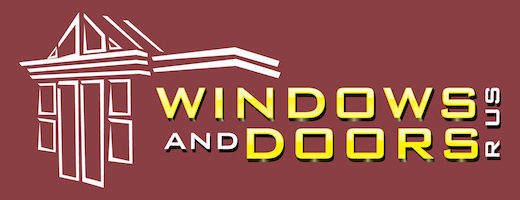The Rise of uPVC Windows and Doors: A Modern Solution for Houses and Companies
When it pertains to selecting products for windows and doors, residential or commercial property owners and designers today are increasingly preferring uPVC. This advanced material, which means unplasticized polyvinyl chloride, offers a large range of benefits that make it a perfect option for contemporary homes and industrial structures alike. Let's check out why uPVC doors and windows have actually become a favored solution globally.
What is uPVC?
uPVC, or unplasticized polyvinyl chloride, is a rigid and long lasting form of plastic that is commonly utilized in the building industry. Unlike conventional PVC, which is softened by plasticizers, uPVC retains its strength and structure, making it extremely hard and durable. It is light-weight, weather-resistant, and needs very little maintenance, making it best for applications such as windows, doors, and piping.
Advantages of uPVC Windows and Doors
Energy Efficiency
Among the standout functions of uPVC doors and windows is their exceptional insulation properties. These products help in reducing heat loss during the winter and keep interiors cool throughout the summer season. This thermal efficiency enhances energy cost savings by decreasing the dependence on heating and cooling systems, which is a big plus for families and organizations managing rising energy costs.
exterior doors and windows and Longevity
uPVC is highly resistant to weather, including rain, snow, and sunshine. Unlike wood or metal, it does not corrode, rot, or warp with time. This makes uPVC doors and windows a lasting investment that can hold up against extreme environmental conditions without compromising efficiency.

Low Maintenance
Unlike traditional wood windows that require routine sanding, painting, or varnishing, uPVC is low maintenance. A basic clean with a moist cloth is frequently enough to keep it clean. Its resistance to fading and cracking ensures that it preserves its aesthetic appeal for several years, conserving property owners significant money and time.
Enhanced Security
uPVC windows and doors included multi-point locking systems, making them extremely protect. The material itself is strong and tough to break, providing an added layer of protection versus intruders. This feature can give homeowners comfort understanding their property is safe.
Sound Insulation
Noise contamination is a growing concern in city locations, and uPVC windows and doors offer an effective solution. Created with tight seals and double or triple-glazing alternatives, these windows can considerably minimize outside sound, developing a quieter and more comfortable indoor environment.
Eco-Friendly
uPVC items are recyclable, making them an ecologically friendly option. Production procedures for uPVC materials likewise need less resources and have a lower carbon footprint compared to options like aluminum. This appeals to people and organizations aiming to embrace sustainable practices.
Aesthetic Appeals and Design Flexibility
Modern uPVC doors and windows are offered in a range of designs, colors, and finishes, including wood grain textures, allowing personalization to fit different architectural styles. From traditional to contemporary looks, uPVC can easily match any visual.
Cost
Compared to products like wood or aluminum, uPVC is reasonably priced, making it an economical option for both new buildings and renovation projects. Combined with its long life-span and low maintenance requirements, it offers extraordinary value for cash.
Applications of uPVC in Windows and Doors
Residential Properties: Homeowners are progressively deciding for uPVC windows and doors for their energy effectiveness, durability, and ability to decrease external sound.
Commercial Spaces: Businesses benefit from the low upkeep and smooth aesthetics of uPVC installations, which complement modern workplace architecture.
Remodelling Projects: Renovating with uPVC doors and windows improves the appearance of older buildings while improving energy effectiveness and insulation.
uPVC vs. Traditional Materials: A Comparison
FeatureuPVCWoodAluminum
DurabilityHighProne to rottingProne to deterioration
MaintenanceLowHighMedium
Energy EfficiencyExcellentModerateLow
Visual VarietyWide RangeModerateLimited
AffordabilityAffordableExpensiveModerate to High
Eco-FriendlinessRecyclableRenewable however High MaintenanceRecyclable
Why Homeowners and Businesses Are Switching to uPVC
The advantages of uPVC doors and windows make them a clear option for contemporary building. In addition to being elegant, they contribute to energy cost savings, security, and sustainability. They are likewise cost-efficient, making sure that building owners get the optimum value for their investment.
As environmental issues and energy effectiveness requirements continue to develop, uPVC products are likely to remain at the leading edge of the construction market. For people and companies seeking useful, long-lasting solutions, uPVC windows and doors offer the ideal balance of functionality and visual appeals.
Conclusion
uPVC doors and windows have transformed the way we think of constructing materials. Their various advantages, ranging from sturdiness and low upkeep to energy efficiency and affordability, make them a wise choice for any residential or commercial property. Whether you are building a new home, refurbishing an old one, or creating an industrial area, uPVC stands apart as a trusted and flexible option. As innovation continues to innovate, we can anticipate uPVC products to keep progressing, further cementing their location in contemporary construction.
